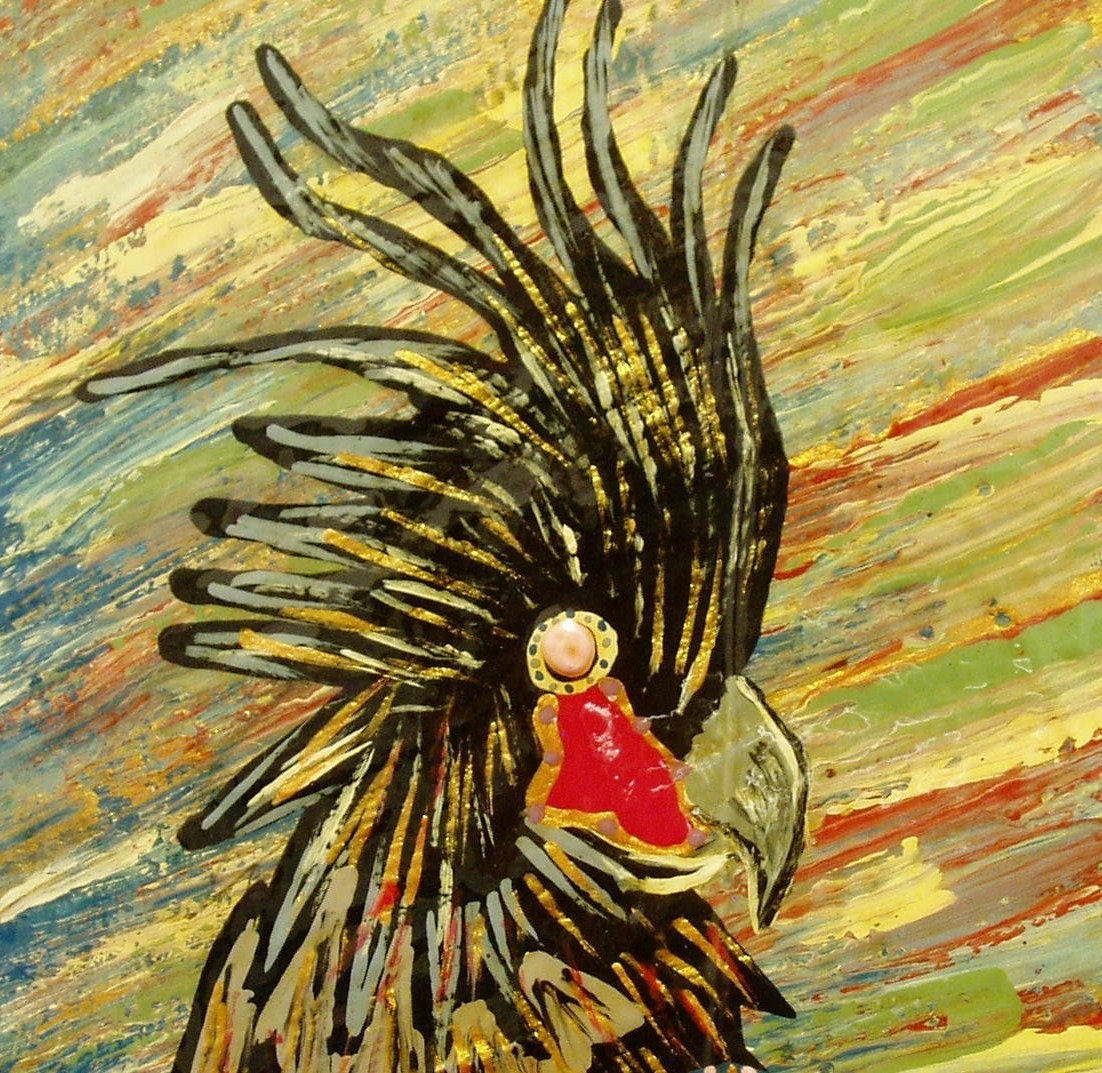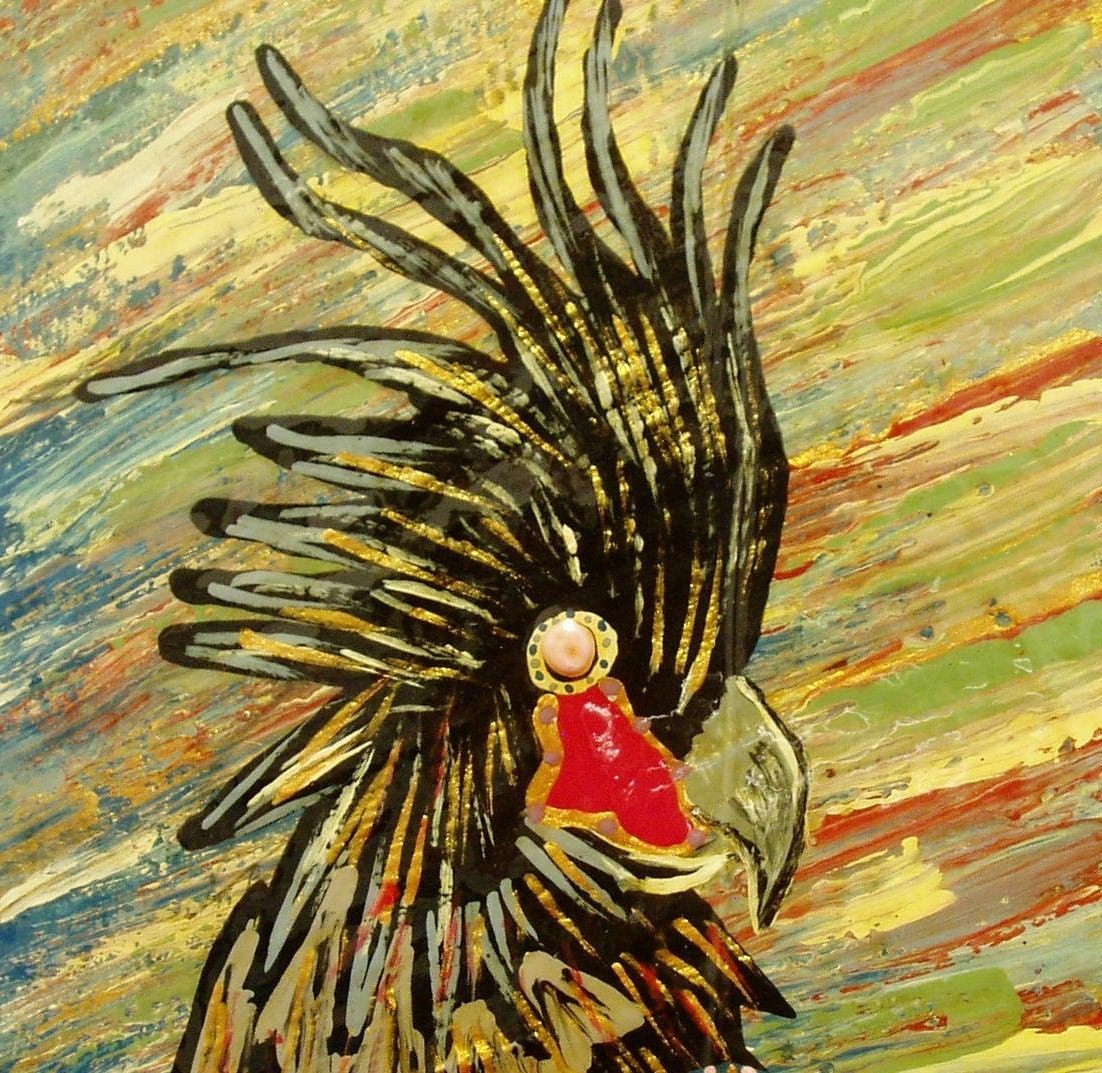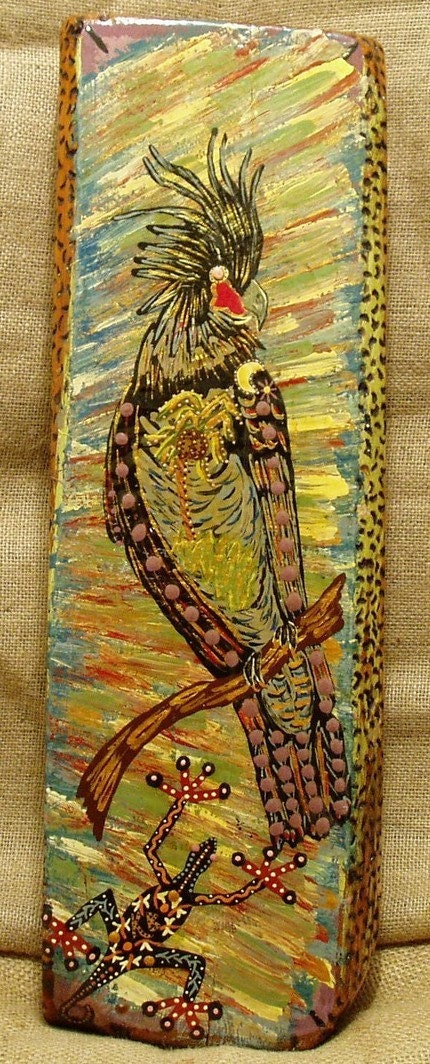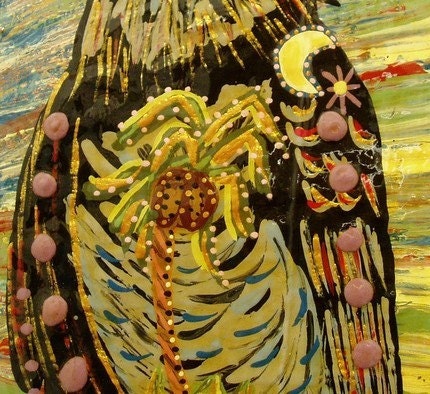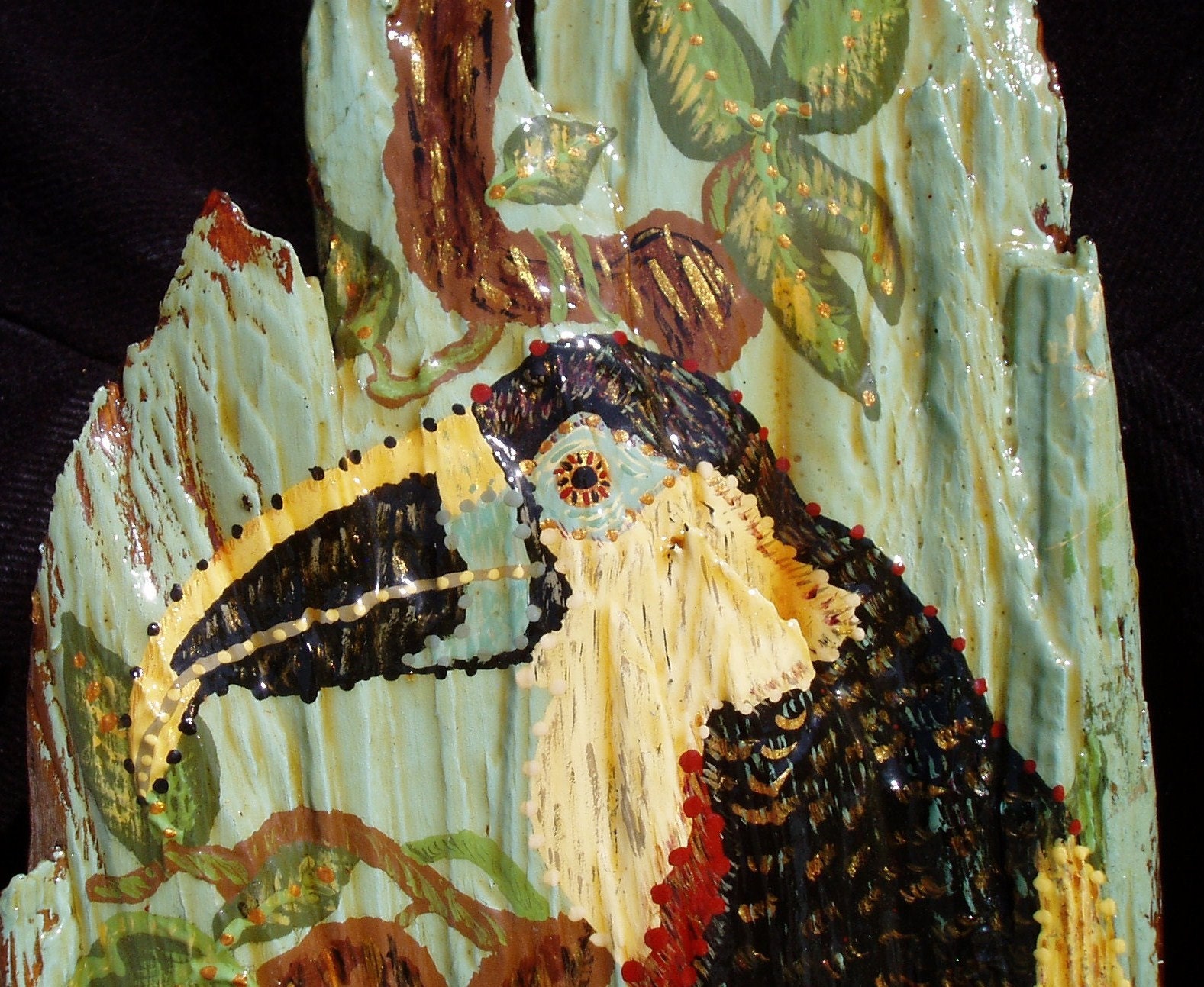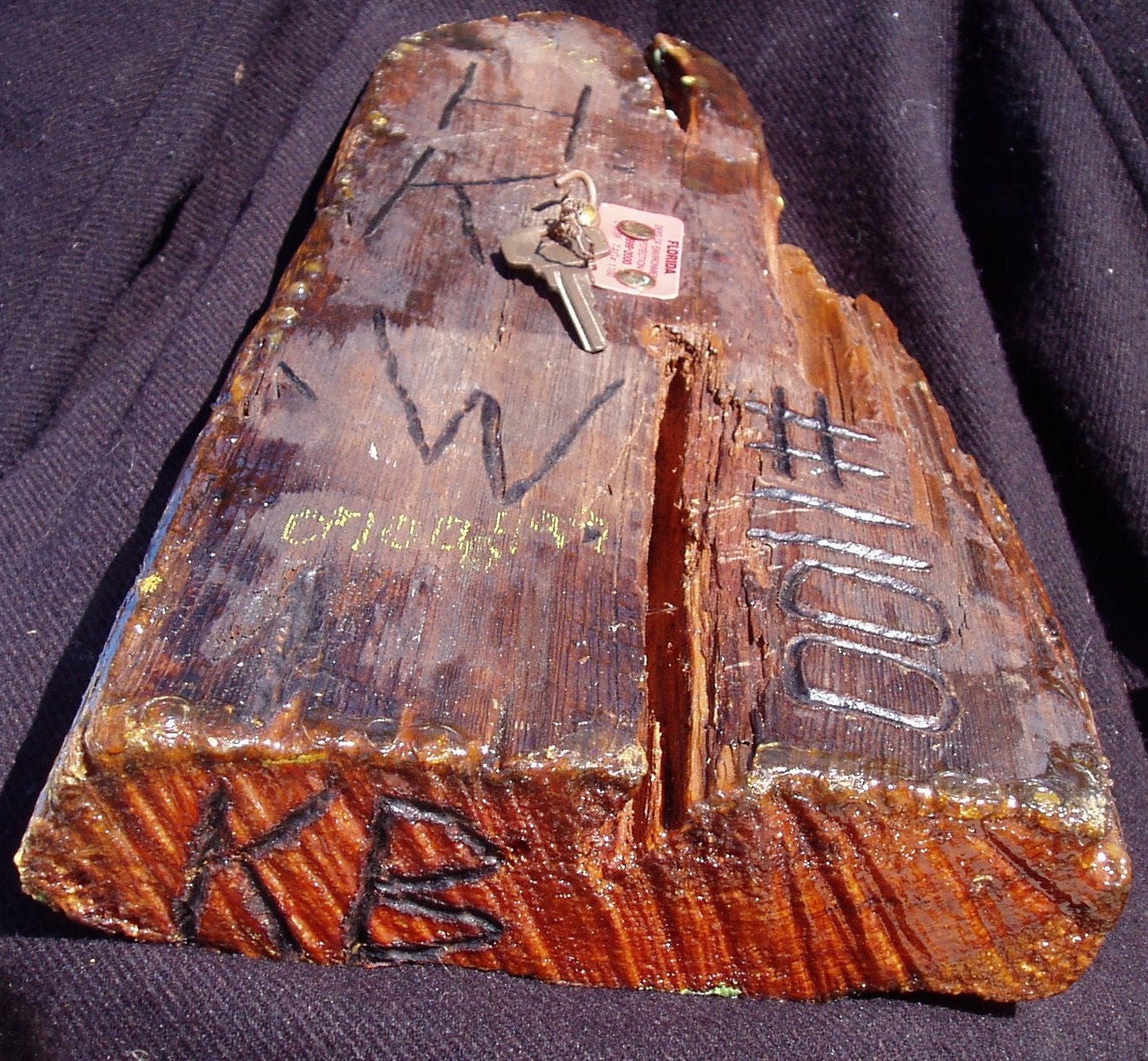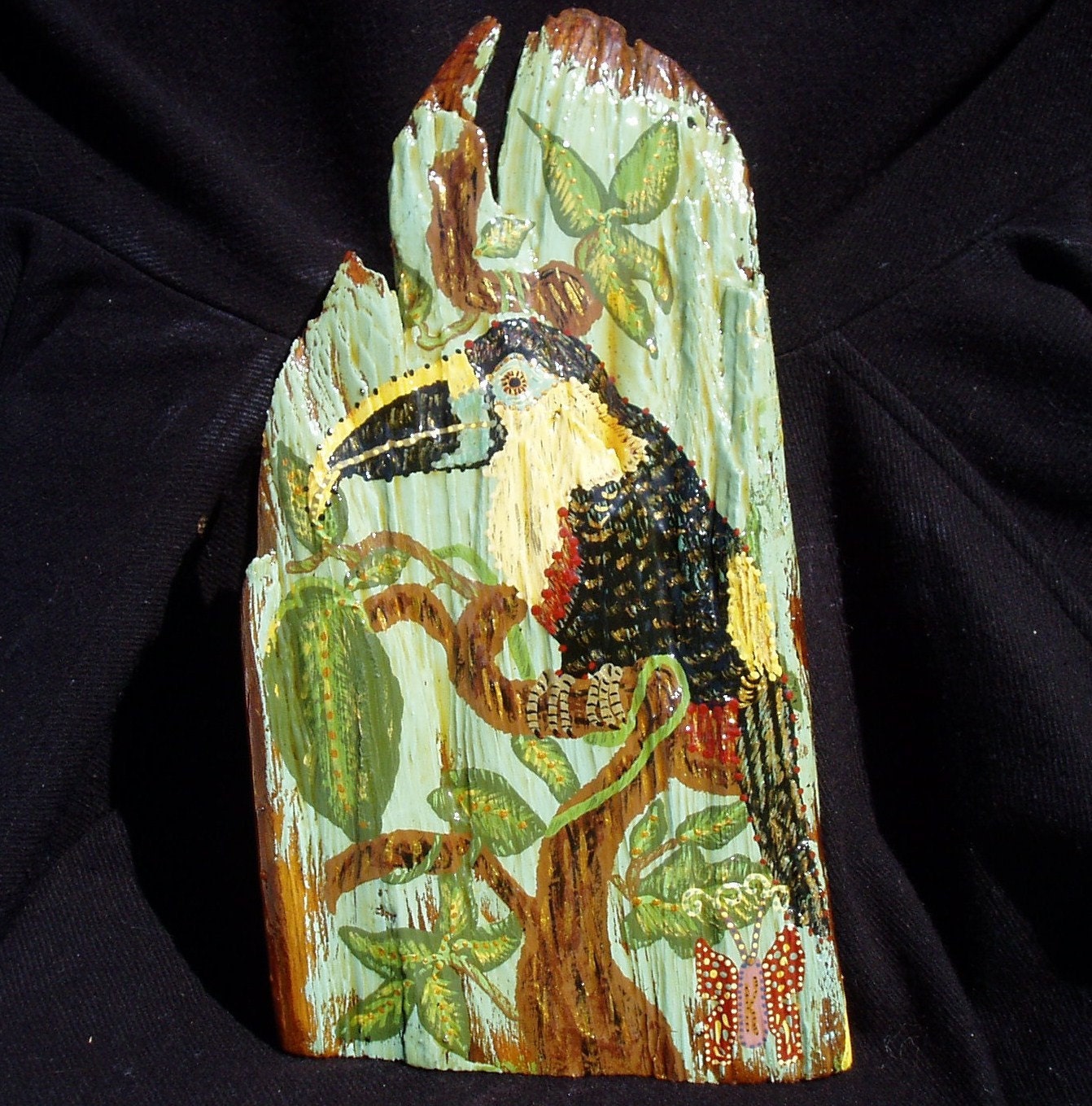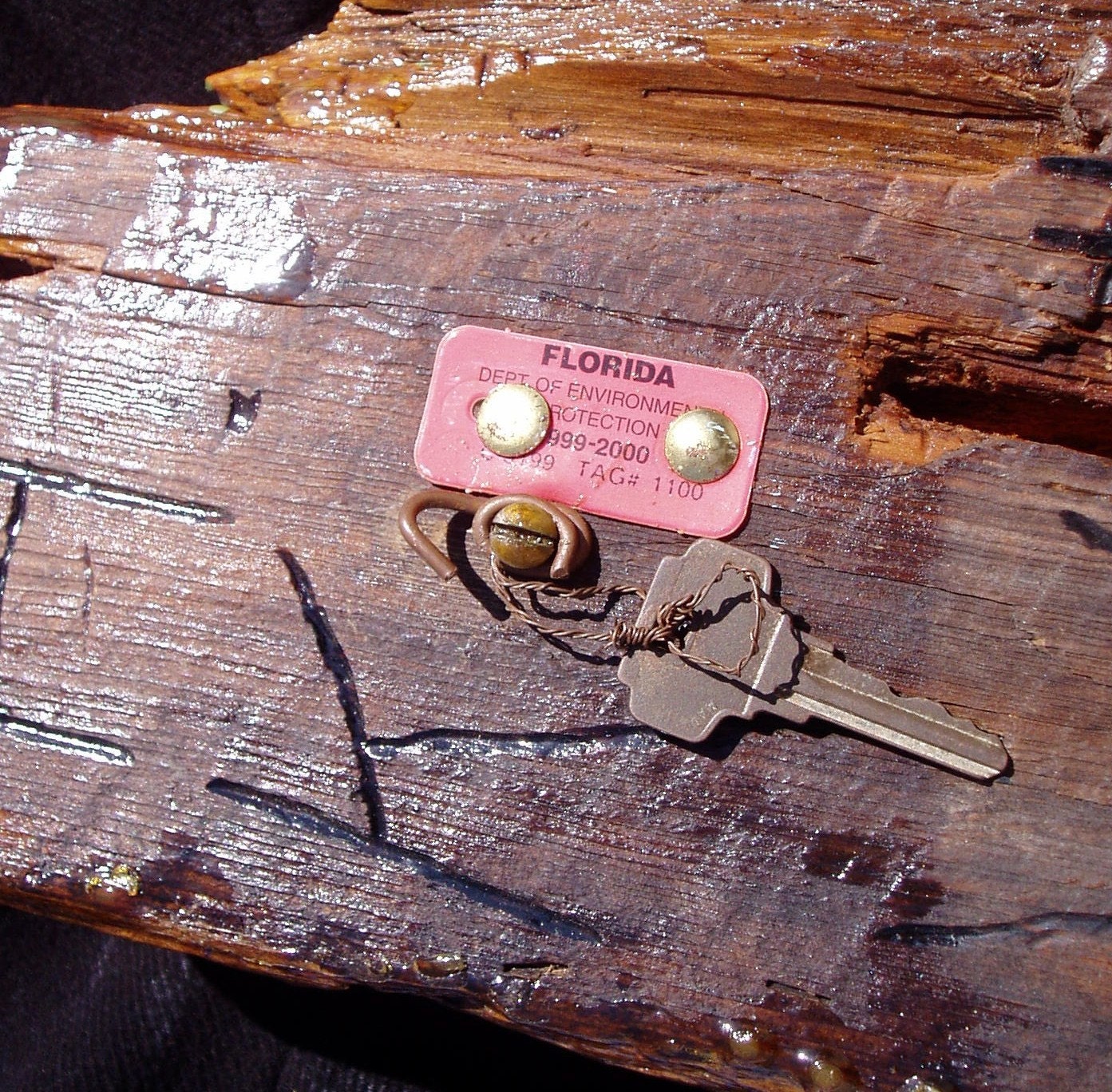It all started on a landfill in Tampa.
Artist Born for this time, Lived on a landfill as a child. Reuse Became the way of life. To read the story from the inception of the Name Hong Kong Willie. Famed, by the humble statements from the Key West Citizen, viable art from reuse has found its time. To Live a life in the art world and be so blessed to make a social impact. Artists are to give back, talent is to tell a story, to make change. Reuse is a life experience.
Hong Kong Willie Art Gallery In Tampa, a reuse Art Gallery. Artist Kim,Derek,and Joseph. reuse artist that have lived the life and are meant for the green movement in the world. A gallery that was born for this time. Artist living a freegan life,art that makes a social statement of reuse. Media that has a profound effect in making the word green truly a movement of reuse in the world today and the future.
Acclaimed Famous Florida Green folk artist, Living the Life of using objects for many uses. Follow the travels of life.
University of South Florida
Documentary
Lithia, Florida -- A sinkhole that opened up under a Bay area landfill has county authorities on edge. Follow this link for story. This event Happened in December of 2010.
Then the smell hits. Like the sour stench that puffs up when you tie up a kitchen trash bag.
TAMPA — The sinkhole in a Lithia landfill continues to grow, now measuring 80 feet wide and 60 feet deep.
Landfill with gaping sinkhole
This is a excerpt from a study of the landfill,{county dump} Hong Kong Willie,{joe brown } lived on.
Gunn Highway Landfill
The Gunn Highway Landfill is located off Gunn Highway in Tampa, Hillsborough County, Florida. The county operated the landfill as a trench-type facility for the disposal of MSW from 1958 to 1962. The landfill disposal areas occupied approximately fifteen acres. After the landfill was closed, the property was subdivided and developed. A total of thirteen apartment buildings and a clubhouse were constructed over the waste-filled areas of the landfill. According to an investigation report by a consulting firm, see Geraghty & Miller (1996), the foundations for these structures were built as follows:
The complex is founded on timber piles and post-tensioned concrete structural slab systems due to the subsurface conditions. The construction drawings approved by Hillsborough County for the apartment complex indicate that a synthetic membrane was to be installed beneath the slabs to block and disperse the migration of methane gas, generated by the decomposition of solid waste.
Even though efforts were made during construction to prevent methane gas generated by the waste from seeping into the structures, problems were discovered in the late 1980's. In addition, differential settlement of the waste has resulted in cracks in the overlying structures in spite of the attempt to establish an adequate pile foundation system for those structures.
Numerous investigations have been conducted at the property evaluating whether methane gas has migrated into the on-site structures and evaluating the potential for the gas to migrate off-site through utility trenches containing electrical conduits, sanitary sewers and stormwater pipes. Some gas monitoring data report methane gas concentrations in the soils at levels significantly higher than 100 percent of the lower explosive limit (LEL) for methane. Methane gas has consistently been detected under the slabs at the clubhouse and at many of the apartment buildings. Fortunately, methane gas has not been detected in the first floor apartments. Additional ventilation has been added to on-site structures and concrete floors have been resealed to try and minimize the risks from methane gas accumulation. While investigators now believe that the levels of methane gas are decreasing at the site, indicating that the Gunn Highway Landfill may have passed its peak methane generation rate, gas monitoring is still continuing and is likely to be required for many more years.
Tampa Art Galleries. Hong Kong Willie Art Gallery
By:
Chris Futrell, Florida Focus
TAMPA, Fla. – Have you ever seen the building on the corner of Fletcher and I-75 with a bunch of buoys strung everywhere? This small business that many think is an old bait n’ tackle shop is actually Hong Kong Willie.
Derek Brown, 26, and his family own and operate Hongkongwillie . The little shop specializes in preservation art. The artists don’t take preservation too lightly either.
“99 percent of everything that has gone into a piece of art has been recycled and reused,” Brown said.
Just as unique as the art is, so is the company’s name. Brown says the name was created by his father, Joe Brown, in the 1950s.
“My father being in an art class, being affected by a teacher, they were melting Gerber baby food bottles,” Brown said. “The teacher interjected that Hong Kong had a great reuse and recycling program even then.”
Brown’s father then took that concept and later added the Americanized name Willie to the end. And that’s how Hongkongwillie was born as a location that offers recycling in a different and creative way.
Hongkongwillie artists are what are known as freegans. Freegans are less concerned with materialistic things and more concerned about reducing consumption to lessen the footprint humans leave on this planet.
“I’m sure everyone has their own perception of a freegan, possibly jumping into a dumpster or picking up something on the side of the road,” Brown said. “There [are] people who will have excess. There [are] also things that can be trash to one man, but art or a prize to another man.”
Brown and his family carry this practice through to their art. It’s his family’s way of life, turning trash, which would otherwise fill up landfills, into an art form.
The Brown family gets a lot of their inspiration for their art from the Florida Keys. In fact, this is where the deluge of buoys wrapping around the ‘Buoys Tree’ came from, the fishermen of Key West.
“It is Styrofoam, we understand that it does not degrade, but to blame the fishermen for their livelihood wouldn’t be correct, instead we find a usage for those,” Brown said.
Brown said there’s a usage for everything, even the hooks to hold the painted driftwood, which are also salvaged, to the wall are old bent forks. Everything’s reused here. Purses made out of old coffee bean sacks to “kitschy,” as Brown described it, jewelry made from old baseballs.
Hongkongwillie truly believes that a piece, whether it’s a bag or a painted artwork, it’s meant for one person.”
Hong Kong Willie photomontage
I'm
working on a feature story about Hong Kong Willie aka Joe Brown and
family who are reuse artists. I recently spent some time interviewing Joe Brown at his studio in Tampa, Fla. We had a pleasant talk about his
working gallery. We sat outside and there was a nice breeze, although it
was a warm sunny day still here in Florida. Join me in the midst of
writing the story. I took a few pictures to share with you. Enjoy.
Hong Kong Willie family art gallery.
Reuse artists from the 1960s.
Morris Bridge Road and Interstate 75, Tampa, Fla.
The garden shrubbery consists of recycled glass bottles and aloe vera plants.
Hundreds of lobster buoys from Key West, Fla., strung on rope,
wrapped and tied to a utility pole.
Hong Kong Willie orange helicopter that once served in
Vietnam and later used by a radio station.
Key West lobster buoys hang from the small 1950s wood frame building.
Tourists buy the buoys for souvenirs. Some of the buoys are 50 years old.
The exterior of the roadside building is an artful blend of
Caribbean-color paint and found objects.
Seabird plaques, sea glass, melted bottles, painted driftwood
and rusty objects are a few of the items that decorate the wood panels.
Entrance into the small building, which is lined from ceiling to floor
with burlap sacks from South American coffee roasters.
Joe Brown and family also composts and sells worms.
Patrons buy worms for fishing and composting.
They also buy South American burlap coffee bean sacks.
Hong Kong Willie reuse artists ,reuse the burlap
and make hippie beach bags.
Hong Kong Willie reuse artists use old clothes, buttons, baseball leather and
yarns to sew and decorate the burlap bags.
View photographs of the Hong Kong Willie art gallery
http://kerryschofieldjournal.blogspot.com/2010/09/hong-kong-willie-photomontage.html
Fox World News
Hong Kong Willie. The name of the artist. In 1958 his mother took Hong Kong Willie to an art class. The name started then. An art teacher when doing crafts out of Gerber baby bottles, made a statement, in Hong Kong reuse was common. At that time he thought this was very interesting. His father had low-land, at that time landfills were common also. The county had told Hong Kong Willie’s father, it was safe, but as we now know this was not so. Something can come from bad to be good. Hong Kong Willie the name came from that art teacher impressing on that young mind that objects made for one use could be for many other uses. Hong Kong for the neat concept. Willie for an American name. So for many years Hong Kong Willie had a life of reuse. Hong Kong Willie saw forms in a different light, His life now was meaningful, knowing this was and would be his life. Art made from found objects, making less of a footprint on this world. Art and art teachers, HOW IMPORTANT. For the ones that have, and the ones who have not. Media can be found. Now 50 years later, we know now being green is important. We need to look at this very carefully. Our children and our world need a different understanding. Objects can be used in many different ways. Hong Kong Willie the tons of objects in his life that have been used, without much change, So for that art teacher what she did for my life. Thank You. I still have the Gerber baby bottle till this day. Hong Kong Willie.
Description
“Black Bird of Key Largo”Description
Hong Kong Willie “Eye of Toucan”Famous Artwork Bird
Authentic Key West influenced art. What once would have been sawdust spread to the wind, is now what you see here.
Superior reuse of materials.
Wood Source: Aged Sawmill Stock
Copper Hanger Source: Reclaimed Wire
Backing Screw Source: Reclaimed Brass Screw
Key West Fisherman ID Tag Referenced in ARtists Log
Hong Kong Willie Artist: Kim Brown















